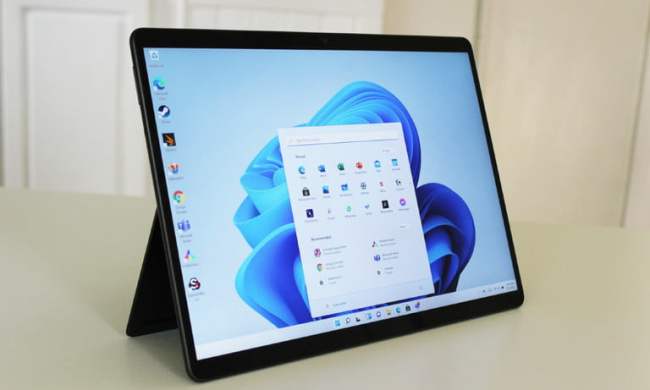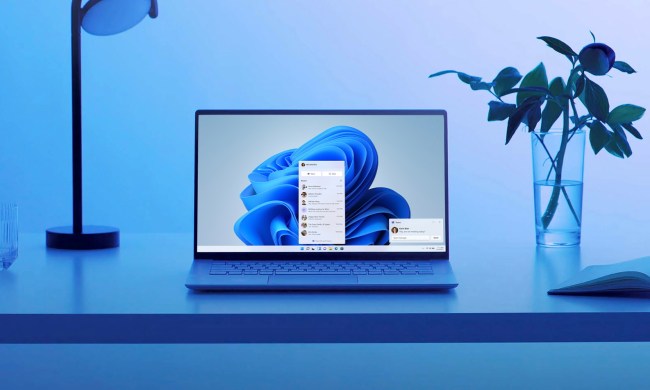January 14, 2020, is a date that has long been dreaded, and will long be remembered, by fans of Windows 7. It marks the date when Microsoft officially ended support for its decade-old operating system, leaving users who stick with it vulnerable to security exploits and software bugs. That’s why it’s of utmost importance that you upgrade as soon as possible. (Here’s how.)
But it doesn’t stop us looking back fondly on one of Microsoft’s most beloved operating systems. An OS that, for this writer at least, was the last time I felt that I got the most from the platform.

Windows 7 was originally released in October 2009 and was quickly lauded as a vast improvement over Windows Vista. Part of that was down to PC hardware having progressed significantly in the few years between the two operating systems, making the near-identical system requirements far less of a hurdle than they were on Vista’s January 2007 debut. It also improved boot times, expanded language support, and overhauled the taskbar and Start menu.
Windows 7 was so successful that it ended up remaining the OS of choice for most PC users after the release of Windows 8 three years later. Even today it’s the second-most-popular desktop operating system in the world, showing its real staying power; Especially considering many of the advantages Windows 10 holds over it when it comes to performance and better integration with the modern web browsing experience.
But while I was an early Windows 10 adopter, enjoying the free upgrade offered by Microsoft in 2015, there are parts of Windows 7 I still miss. The Start menu is a major part of it, because, for the half-decade or more that I used Windows 7, that was how I would find most of my applications. I’d click Start, and I’d click the program shortcut that I wanted to run. I’d use it for opening up my “Computer,” or the Control Panel. Or Steam, where a far smaller collection of (played and unplayed) games resided.

Windows 10 has a more expansive and versatile Start menu, but I’ve never used it. I never cared for the tabs, I never scroll down the list of alphabetized programs to find what I want to run. If I want something, I search for it. And not with Cortana. I don’t like to be bothered during my work or play, so I don’t use Windows 10’s notifications, either.
All of this can, at times, make me feel like I don’t get the most from my modern Windows machine, but as Windows itself has become more generalized and offers a broader array of features, I feel like I’ve become more specialized. I have the programs I need to run for work and the ones that I want to run for play. They’re pinned to the taskbar ready to go. I buy my games and software and don’t pirate (not that I ever did, of course), so everything mostly works as it’s supposed to.
That combined with a few handy keyboard shortcuts means that I never need to deep dive into the Start menu and its various accouterments.
But with Windows 7, I felt closer to the bones of the operation. I knew my way around, but more because I often had to, rather than because I wanted to. Windows 10 just works, and the bits that I need to work are rather constrained by comparison to its modern feature set. That’s not a problem in and of itself, but it does make me nostalgic for my old, faithful Windows 7 install. We were thick as thieves and made it through some tough times together. Start menu included.
Maybe I should just make my Windows 10 look like Windows 7. It looks easy enough.



